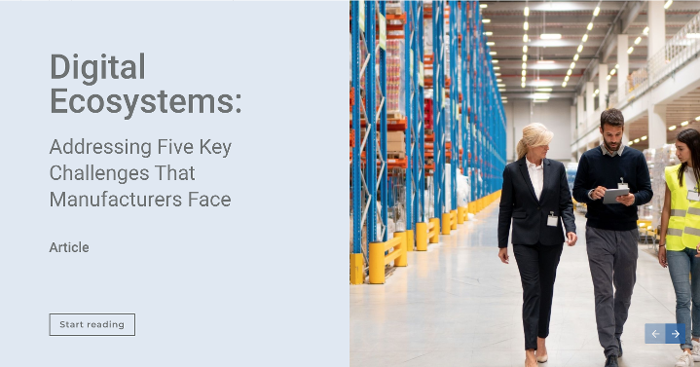It goes without saying that a strong indirect-sales system needs to keep growing – and a good ecosystem must be sustainable even while it’s growing. Too much expansion, or too little planning, can easily lead to a promising sales network falling into decline.
We like to look at ecosystem growth in terms of phases – four phases, including one we call “sub-optimized” which an ecosystem only enters into when there’s trouble. Many growing ventures will pass into “sub-optimized” territory and back out of it, but it’s best if you can avoid it entirely!
From the experiences of growing our network, and consulting for our clients, we gathered a list of the key traits associated with a sustainable and growing partner ecosystem.
1. Controlled (and mindful) partner growth and expansion
A growing ecosystem needs to bring on new partners. That much is obvious. However, except perhaps at the very beginnings of the enterprise, there should still be thought and planning put into the partners who are brought onboard. Don’t take on just anyone! Bring on the right partners, whose business interests and yours align, and are likely to remain in your ecosystem for a long time to come.
2. Robust training and retraining
An ecosystem which isn’t receiving care and attention in the form of training and other educational efforts is one which is probably stagnating. Even if your product isn’t changing too often, your levels of support can still be indefinitely improved. Better training and certification programs, along with software systems that make them easy to access, will help keep your ecosystem thriving even between major product revisions\releases.
3. Expanded mindshare
As we like to remind our clients, never forget that you always have competition from other vendors. Maintaining mindshare among your partners’ sales staff is key to ensuring that they favor solutions from your company, rather than from the other companies they partner with. And the more attractive you can make yourself, and the easier you are to work with, the more mindshare you’re going to hold onto. Training programs are actually a good example of this, as are other initiatives such as better software tools or great incentive programs.
4. Serve as a sounding board
Always be willing to listen to the ideas, comments, and concerns coming out of your partners. For one thing, they’re usually closer to the “ground level” and have ties directly to your buyers – so they’re often passing on things they’ve heard from the customers. Also, having a feedback system that lets partners feel like they’re contributing is another great way of maintaining mindshare. Their suggestions will help you keep your operations on track, while making your company look even more favorable.
5. Know when to slow down
Just because the goal is continuous growth, that doesn’t necessarily mean rapid growth. Sometimes there will be warning signs of instability which say it’s time to hit the brakes and delay more expansion until you can stabilize your ecosystem at its current levels. Otherwise, those instabilities could grow ever more disruptive, until they cause major problems. Being able to properly judge when optimization is needed, rather than expansion, will be what keeps you from dropping off the curve towards constant sustainable growth.
Keep Your Ecosystem On-Track With LogicBay
LogicBay leads the industry in both technological and consulting solutions aimed at helping you create a fully sustainable, growing ecosystem which could last for years, decades, or even longer.

